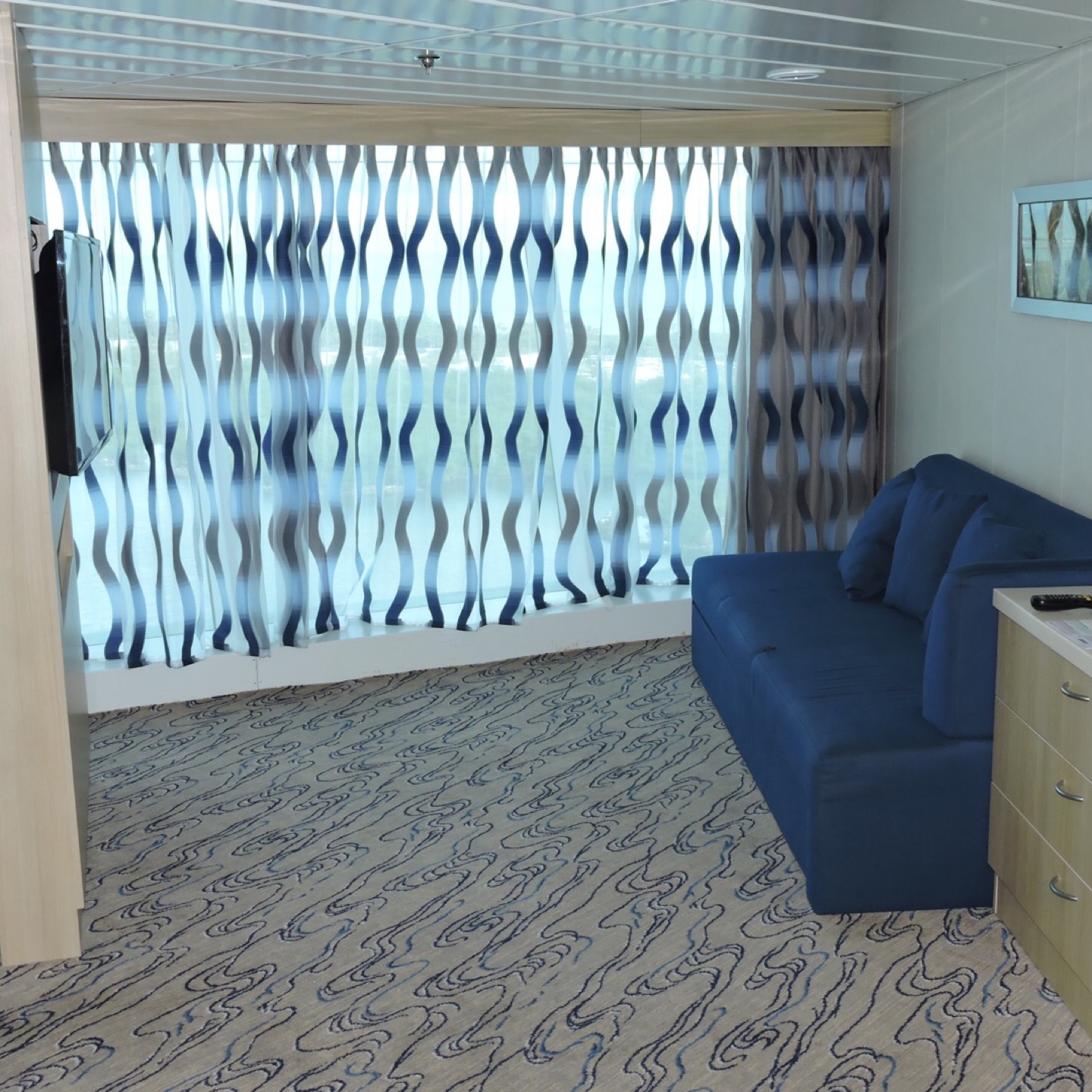

We’ll encapsulate all four of these steps inside panorama.py, where we’ll define a Stitcher class used to construct our panoramas.

Step #1: Detect keypoints (DoG, Harris, etc.) and extract local invariant descriptors (SIFT, SURF, etc.) from the two input images.

Our panorama stitching algorithm consists of four steps: OpenCV Panorama StitchingĮxample of Keypoints and Local invariant extraction
#PANORAMA VIDEO CONVERT TO 6 FACE CODE#
Since there are major differences in how OpenCV 2.4.X and OpenCV 3.X handle keypoint detection and local invariant descriptors (such as SIFT and SURF), I’ve taken special care to provide code that is compatible with both versions (provided that you compiled OpenCV 3 with opencv_contrib support, of course). To construct our image panorama, we’ll utilize computer vision and image processing techniques such as: keypoint detection and local invariant descriptors keypoint matching RANSAC and perspective warping.
#PANORAMA VIDEO CONVERT TO 6 FACE HOW TO#
This article will focus on the basics of Panorama formation using two images, which will be used in the next article where we will be seeing how to stitch together multiple images. Similarly, this article is the first portion of my two-part article series on Panorama / Image stitching. As some of you may know, I am writing a series of articles explaining various common functionalities of today’s mobile cameras like panorama, HDR, Slow-mo, Ghosting etc.


 0 kommentar(er)
0 kommentar(er)
